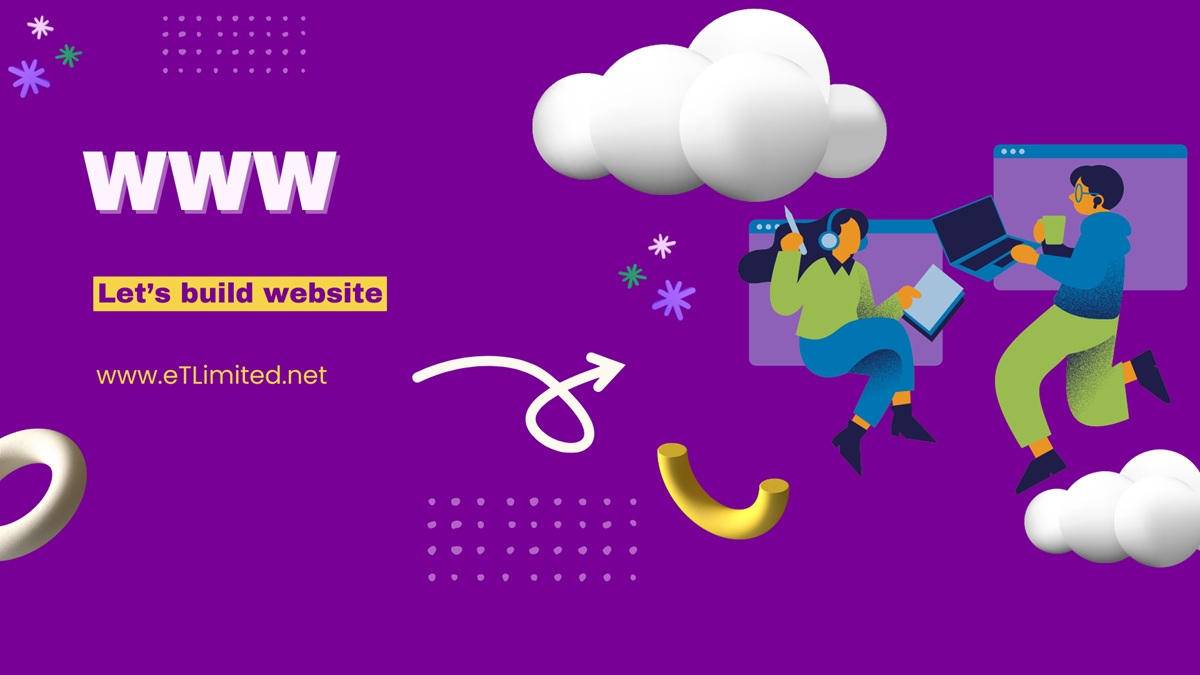In today’s digital world, having a professional website is no longer optional—it’s essential. Whether you run a startup, a growing business, a well-established company, or a wholesale or retail store, your website serves as your digital storefront, helping potential customers discover, trust, and engage with your brand and business.
But where do you start? How do you go from an idea to a fully functional, live website?
In this beginner-friendly guide, we’ll walk you through the step-by-step process of building and publishing a website for your business—from planning and designing to launching and maintaining it. Whether you choose WordPress, a custom-built solution, or a website builder, this guide will help you make informed decisions.
Let’s get started! 🚀
First, think about your business and the need for a website. If you can relate your website needs to your business needs, you’re already in the first step. If not, ask yourself the decision-making question;
Question # 1: Are your existing or prospective clients searching for your business on Google or the Internet?
Now, let’s drive in deep for step 1 of your business website development.
Step 1: Define Your Goals and Requirements
Before diving into design and development, it’s crucial to clearly define why you are building a website and what you want to achieve with it. A well-defined goal helps you create a website that meets both your business objectives and your audience’s needs.
1️⃣ Identify the Purpose of Your Website
Ask yourself: What do I want my website to accomplish?
Different types of business websites serve different purposes. Here are a few common examples:
- Company Profile / Corporate Website – Showcase your business, services, achievements, and client testimonials.
- Service-Based Website – Generate leads by highlighting your expertise, case studies, and service offerings.
- E-commerce Website – Sell products or services online with features like shopping carts and payment gateways.
- Portfolio Website – Display past projects, case studies, or creative work (great for agencies and freelancers).
- Blog or Content Website – Share industry insights, company updates, or educational content to engage your audience.
- Landing Page for Marketing – Promote a specific product, event, or campaign with a high-converting landing page.
✅ Action Point: Choose the primary purpose of your website and ensure all pages align with this goal.
2️⃣ Understand Your Target Audience
Your website should be designed with your ideal visitors in mind. Consider:
- Who are they? (Business owners, IT managers, startups, general consumers, etc.)
- What problems are they trying to solve? (e.g., need a service booking, want to buy the best TV for their home, look for the best grocery shop nearby, etc.)
- Where do they spend their time online? (LinkedIn, Facebook, Google, YouTube?)
- How do they prefer to consume content? (Text, videos, infographics?)
Example:
Suppose your audience consists of consumers looking to buy a TV. In that case, your website should be visually appealing, easy to navigate, and focused on trust-building elements like customer reviews, product comparisons, detailed specifications, and warranty information.
✅ Action Point: Define a user persona that represents your ideal
customer.
3️⃣ List the Essential Features You Need
Your website should have functionalities that enhance user experience and drive conversions. Some key features to consider:
🔹 Basic Features for All Websites:
✔️ Responsive design (works on all devices)
✔️ Clear navigation menu
✔️ Contact form with email integration
✔️ About Us and Services pages
✔️ Social media links
🔹 Service-Based or Corporate Website Features:
✔️ Case studies and portfolio section
✔️ Testimonials and client reviews
✔️ Live chat for customer support
✔️ Appointment booking system
🔹 E-commerce Features:
✔️ Product catalog with descriptions and images
✔️ Shopping cart and checkout process
✔️ Payment gateway integration (PayPal, Stripe, etc.)
✔️ Customer account system
🔹 Blog or Content Website Features:
✔️ Easy-to-use content management system (CMS)
✔️ SEO-friendly structure (for Google ranking)
✔️ Newsletter signup form
✔️ Comment section and social sharing options
✅ Action Point: Make a feature wishlist based on your business needs.
Final Thought
Clearly defining your goals, audience, and features before development will save you time and money. It helps you create a website that not only looks good but also drives real business results.
👉 Next Step: Once you’ve outlined your requirements, move on to choosing the right technology stack and hosting solution! 🚀
